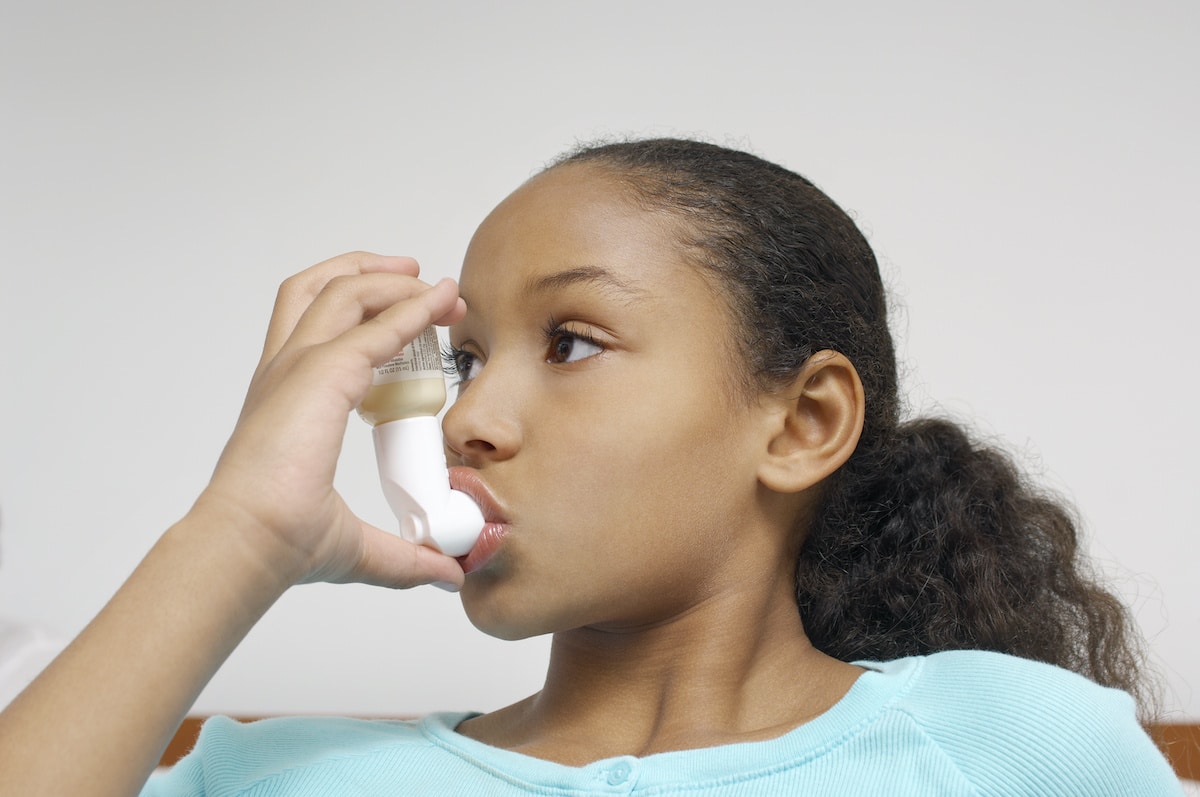Food Allergies Can Be Fatal
Anyone who experiences or knows someone who experiences a severe food allergy knows how serious it can be. Certain foods can prove to be life-threatening, and these severe allergies are particularly prominent in young children. According to Johns Hopkins, five percent of children below the age of five are allergic to at least one food. The most common food allergies include peanuts, eggs, and dairy. While peanuts have previously been considered the most common food allergen, a new pediatric study shows that dairy has overtaken peanuts as the most severe food allergy in children.

What Is a Food Allergy?
A food allergy is an abnormal immune response to a particular food. The body sees the food as a foreign invader and mounts an attack via the immune system pathways. Food allergies are most common in children because many individuals age out of their allergies. However, certain food allergies tend to linger for life including peanuts, tree nuts, fish, and shellfish. Note: there is no magic number when a child outgrows an allergy—when dealing with a food allergy, it is always best to proceed with caution. For information about reintroducing certain foods, consult your pediatrician. Milk, peanuts, and eggs are considered the top food allergens, but wheat, soy, tree nuts, fish, and shellfish are also extremely common.
What Causes a Food Allergy?
Contrary to popular belief, an allergic reaction occurs the second time a child is exposed to a certain food, not the first. However, the original exposure could have entered the child’s system by way of breast milk. It is becoming increasingly common for new mothers to ditch dairy due to their child’s sensitivity to cow’s milk. For a mom’s first-hand account, listen to Dr. Vivan Chen’s podcast episode here.
What Are the Symptoms of a Food Allergy?
Allergic reactions to food can range from mild to severe, but the severe end of the spectrum can be life-threatening. The full range of symptoms include wheezing, hives, rash, itching, vomiting, swelling, eczema, diarrhea, difficulty breathing, and anaphylaxis. Symptoms can occur immediately or up to an hour after exposure to the instigating food.

What Did the Study Find?
The study analyzed data from the number of hospital admissions in the UK over a 20-year period that were due to food-related anaphylaxis. The numbers were clear—dairy was the primary culprit for the most severe symptoms—more so than peanuts or tree nuts. Researchers concluded that cow’s milk is the most common cause of fatal anaphylaxis in children.
Ways to Avoid a Severe Allergic Reaction
There is no cure for a food allergy. Some children will age out of it, but the only way to avoid an allergic reaction is to avoid the food entirely. This offers parents yet another reason to eliminate dairy from their child’s (and their own) diet.
Do Children Need Dairy?
Children absolutely do not need to consume dairy to thrive. They can obtain all the nutrition their bodies require entirely through plant-based foods. Milk is prescribed for three nutrients: calcium, protein, and vitamin D. All of these nutrients can be found in other foods. Calcium is readily available in dark leafy greens, beans, tofu, edamame, and many fortified plant milks. Protein exists in virtually every whole food, though high sources include beans, tofu, nuts and seeds, lentils, and peas. Vitamin D does not naturally occur in any food—including milk. Foods that contain vitamin D are fortified. Like cow’s milk, many plant milks are fortified with vitamin D. However, the best way to get vitamin D is to obtain it from the original source—the sun.
To learn more about raising dairy-free kids, check out our Babies, Toddlers, and Kids page.








